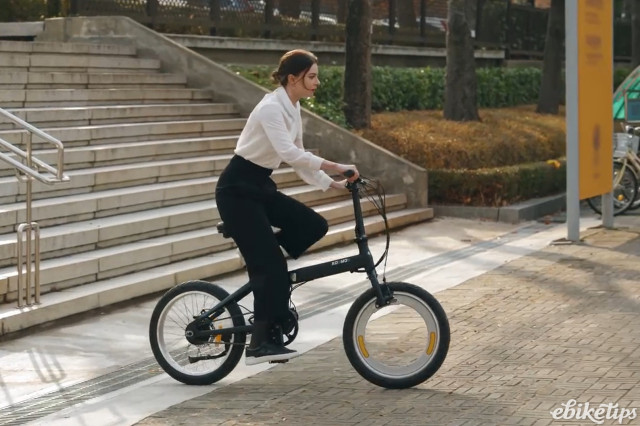A video demonstrating the dangers of e-bike and e-scooters owners using incompatible chargers to power their devices has been released by Electrical Safety First (ESF). The footage shows a forced ‘overcharge’ which causes an e-bike battery to burst into flames.
The video was released following ESF's Battery Breakdown report. The charity has concerns that some owners may be unaware that when incompatible chargers are used, they risk supplying the battery with too much voltage, which can damage the cells and cause a process called thermal runaway.
Its survey of 1,000 e-bike and e-scooter owners across the UK found 43% of respondents use a secondary after-market charger to charge their e-bike or e-scooter, and of that 43%, 38% said their charger was not compatible with the voltage of the battery.
ESF is calling for a ban on 'universal' chargers for e-bike and e-scooter batteries. It is also recommending clearer markings be put on the outlets of batteries to specify what voltage a charger should be.
Giuseppe Capanna, product safety engineer of ESF, said: “Incorrectly charging your e-bike or e-scooter battery comes at a dangerous cost. Due to the large amount of energy stored in these batteries, the risk of fire is significantly higher if the battery becomes unstable.
“It’s essential that you use a compatible charger - ideally the one that came with the device - and never block any exit ways when charging. The results could be fatal.”
> Are e-bike batteries safe? What’s the difference between a safe battery and a fire risk?
The London Fire Brigade (LFB) recently shared footage of an e-scooter on charge bursting into flames at a property in Brent as part of its Charge Safe campaign. Other footage released by the LFB shows an e-bike bursting into flames at a block of flats in Roehampton. After seeing the latter, Islabikes’ managing director Tim Goodall warned the micromobility sector risks being slowed down by the “unethical practices” of a few players.
ESF has repeatedly warned of potentially dangerous e-bike and e-scooter chargers for sale via online marketplaces, and is urging consumers to buy their e-bike, e-scooter and compatible charger only from reputable manufacturers or retailers.
It is also calling for e-bikes, e-scooters and their batteries to be regulated in the same way as fireworks currently are, by having them be approved as safe by a third party.
> Delivery apps should take responsibility for riders' e-bikes says electrical safety charity
ESF’s research has also shown that many e-bike and e-scooter owners are charging devices in areas that risk compromising escape routes.
Of those surveyed, 44% said they charged their device in a communal area of the property they live in, such as a hallway or staircase, that is not inside their immediate home. Just over half (52%) said they also charge their device overnight, 28% said they charge their device in the hallway inside their home, and 14% charge it in their bedroom.
The charity recommends owners charge their device away from any vital exit ways.







